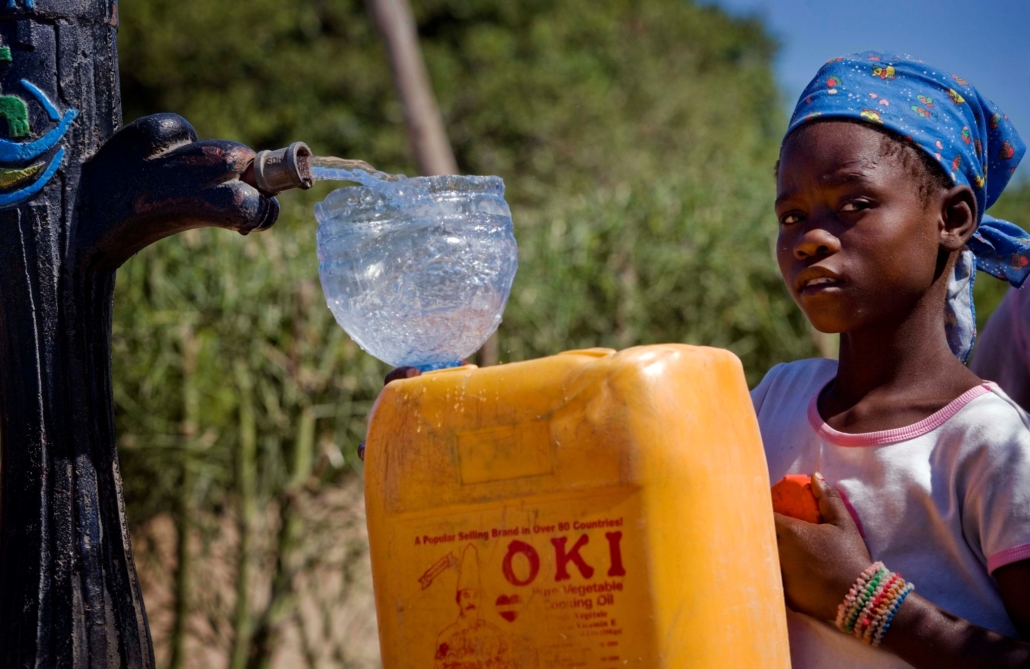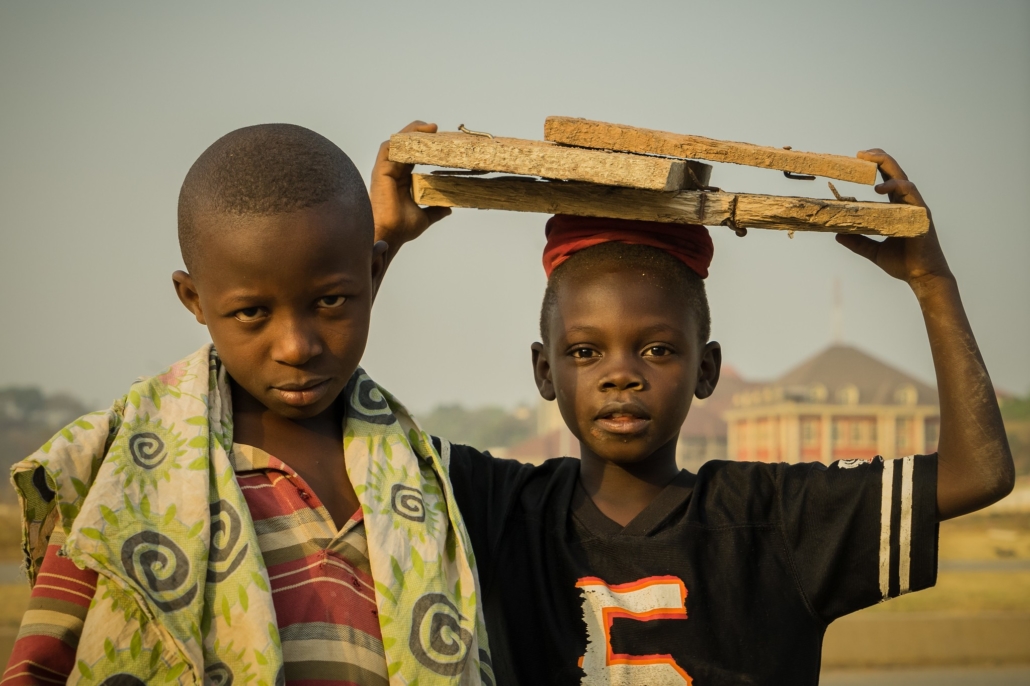
People all over the world have been in lockdown amidst the outbreak of COVID-19, and because of this, many things have changed. However, one thing that has received less publicity and protest is the rise in domestic violence against women. It is a basic human right to live in today’s world without experiencing physical or mental harm by those of the opposite sex, yet it is prevalent in today’s societies across the world, increasing even more during the battle against COVID-19. Thankfully, there are resources that women and girls can reach out to when they are feeling threatened, even during times of social distancing, such as the Dilaasia Centre. One of the places that have seen an increase in violence against women is India, a country with a population of over 1.3 billion people. The Borgen Project spoke with the Dilaasa Centre, a crisis center for women and girls experiencing gender-based and domestic violence, to find out more about just how COVID-19 is affecting India’s female population.
A Global Increase in Violence
According to an article in The New York Times, hotlines worldwide have seen an increase in domestic violence calls. Meanwhile, in the past 12 months, 243 million girls between the ages of 15 and 49 have experienced sexual or physical violence.
According to the United Nations Populations Fund (UNPFA), one of the reasons behind the increase in global domestic violence includes the higher likelihood of violent acts when people are locked down in their homes with their spouses and family members. Another contributor is the reduced access to resources during lockdown that most victims of domestic violence can usually turn to, such as centers, hotlines or possibly even other places of refuge. Other reasons for the increase in domestic violence reports include stress, economic anxiety, the loss of people’s jobs, increased alcohol consumption and the lack of police response. According to NDTV, some Indian women have reached out to groups such as the National Commission for Women (NCW) who help fight gender inequality in India by offering help in domestic violence incidents.
According to a U.N. study, places that have seen the largest increase in domestic violence due to COVID-19 lockdowns include France (30% increase in domestic violence reports), Cyprus (30% increase in domestic violence hotline calls), Singapore (33% increase in domestic violence hotline calls), Argentina (25% increase in emergency calls based on domestic violence), Germany, Canada, Spain, the U.K. and the U.S.
The same study found that the COVID-19 pandemic will most likely result in a 75% reduction in the global progress to end gender-based violence. The World Health Organization (WHO) estimates that globally, 35% of women have experienced gender-based violence in their lives. The UNPFA study suggests that if the COVID-19 lockdown continues globally for another 6 months, the number of gender-based acts of violence could increase by 31 million.
India’s Gender-Based Violence
The women and girls living in India have experienced mistreatment for a very long time, partly because it is a patriarchal society and many laws are discriminatory against women. For example, The Hindu Minority and Guardianship Act of 1956 says that the fathers of the family are the natural guardians of the children of the family.
Women also experience marital rape and find themselves victims of violent crimes. Every day in India, there are around 20 dowry deaths or situations in which husbands’ and in-laws’ continuous harassment over the dowry causes married women to suffer murder or forces them to commit suicide. Honor killings are also quite common, wherein the husband murders his wife because she brings some type of “shame” upon him. Between 2015-2018, India saw reports of 300 cases of honor killings alone. Other practices include molestation, torture and bride burning, all of which occur when the woman or girl is going to be a bride, but her family declines to pay a dowry, resulting in her murder. Meanwhile, according to an article, “31 percent of married women in India have experienced physical, sexual or emotional violence by their spouses.”
Many consider males to be the preferred gender in India. Families often prefer having boys over girls because of the advantages they inherit from ideas that exist in society. This cycle continues the underrepresentation and lack of respect for women and girls in the country.
Since India’s lockdown on March 24, 2020, the number of domestic violence cases across India has increased. From March 23rd to April 16th alone, the NCW received 587 complaints of domestic violence or abuse. Thankfully, there are crisis centers that have remained open during the lockdown to help women and girls suffering from domestic violence.
India’s Dilaasa Centre
The Dilaasa Centre is a crisis-intervention center, established in 2000, located in the Municipal Secondary Hospitals in Mumbai, India. The first center emerged in the KB Bhabha Hospital in Bandra, Mumbai. The centers were a joint creation of the Public Health Department of Municipal Corporation of Greater Mumbai and the Center for Enquiry into Health and Allied Themes (CEHAT). In previous years, CEHAT worked towards four main goals to advocate for an end to violence against women and girls. The four goals are to help with women’s health and finances, health legislation and patient’s rights, women’s health and violence and health. Most focus on health because of the way violence impacts women’s health and well-being.
The Dilaasa Centre has two main objectives: to see that all women and children receive proper care during times of violence and to educate health professionals, such as doctors and nurses, to know the signs of domestic violence. The Centre told The Borgen Project that “The crisis center, in brief, provided psychological support, an emergency shelter in the hospital, police aide; legal intervention and of course medical and medicolegal support since 2000.” The other Municipal Secondary Hospitals with Dilaasa Centres are in Madhya Pradesh, Haryana, Dehli, Kerala, Meghalaya and Gujarat.
According to the Dilaasa Centre, each of its facilities serves 250 to 300 women and children or girls between the ages of 6 and 80 every year, with some survivors of sexual violence being as young as 3-years-old. Most of the Dilaasa Centre’s patients are of low-or-middle income status. Some survivors who visit the Dilaasa Centre are married, separated or divorced. “Women approach Dilaasa with varied expectations,” the Dilaasa Centre said. “While most want the ‘violence to stop,’ the ‘husband to improve his behavior’ and to ‘live with husband peacefully,’ a significant number come to explore if they have any legal avenues to stop [the] violence.” Dilaasa said that when it comes to actual interventions, a very small number seek that kind of help, as well as only a few looking for shelter. The center also sees a large number of rape survivors since it connects to the hospital.
“As a hospital-based crisis intervention center, we play a crucial role in providing services to survivors of domestic and sexual violence,” the center said. In fact, statistics have proven that survivors of violence use health services more than those who do not experience domestic violence. According to WHO, women who experience domestic violence end up having more health issues than those who do not experience it.
Since COVID-19 began, there have been surges in domestic violence cases across the globe and in India. The workers and counselors the Dilaasa Centre are “essential,” just like the doctors and nurses in the hospital, and the counselors have begun doing virtual or audio calls to those suffering from domestic violence and are trapped at home. According to the center, many women no longer have access to phones or cell phones and are stuck in their homes with their abusers on a daily basis.
The center told The Borgen Project that “CEHAT strives to generate evidence on the role of [the] health sector and establishing services in a health setting for women.” The Dilaasa Centre hopes that in the future it can oversee the opening of more centers in hospitals when there is a need for educating others on gender-based violence in India.
The Good News
While women and girls in India are suffering from domestic violence during COVID-19 because of the country’s national lockdown, there are ways that Indian women and girls can still find help during these trying times. U.N. Women has written a domestic violence COVID-19 response, in which it outlines ways to reduce the impact the lockdown has had on women. It recommends that governments provide additional resources for women and girls in their response plans, governments make pre-existing resources even stronger for women and girls during the lockdown, police and government workers receive education about the facts regarding the rise in domestic violence cases during COVID-19, women and girls be the focus when looking at solutions to the pandemic and that government collect the correct types of data to ensure safer and better outcomes for females in future pandemics. The NCW has also developed its own domestic abuse/violence hotline number for WhatsApp, an app that allows people to make calls and text internationally. There are also crisis centers, like the Dilaasa Centre, that remain open during the lockdowns.
Gender-based violence has been occurring in many countries for generations, and unfortunately, patriarchal societies remain the same today. COVID-19 has presented a special set of circumstances where all families must remain at home together, which also presents a rare opportunity for people around the world to become more educated and aware of the prevalence of gender-based violence in our cultures. While the world waits for the day when women and men receive equal treatment and for women to no longer be in harm’s way, there are resources like the Dilaasa Centre that create a safe place of confidentiality, hope and refuge for women and girls suffering from domestic violence.
– Marlee Septak
Photo: Flickr
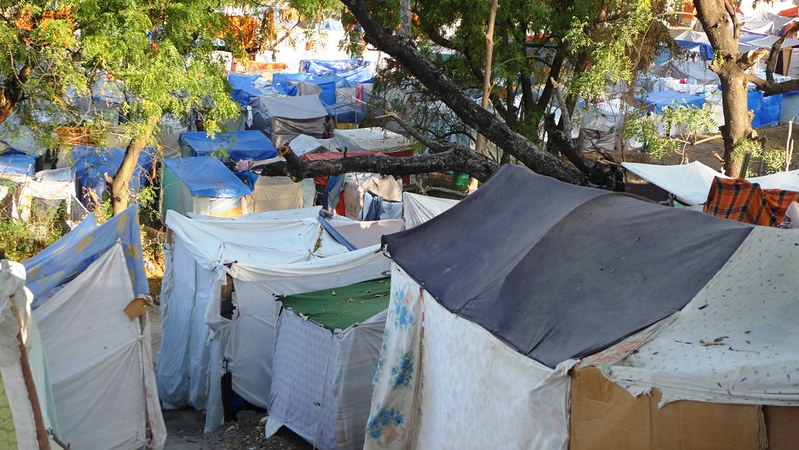
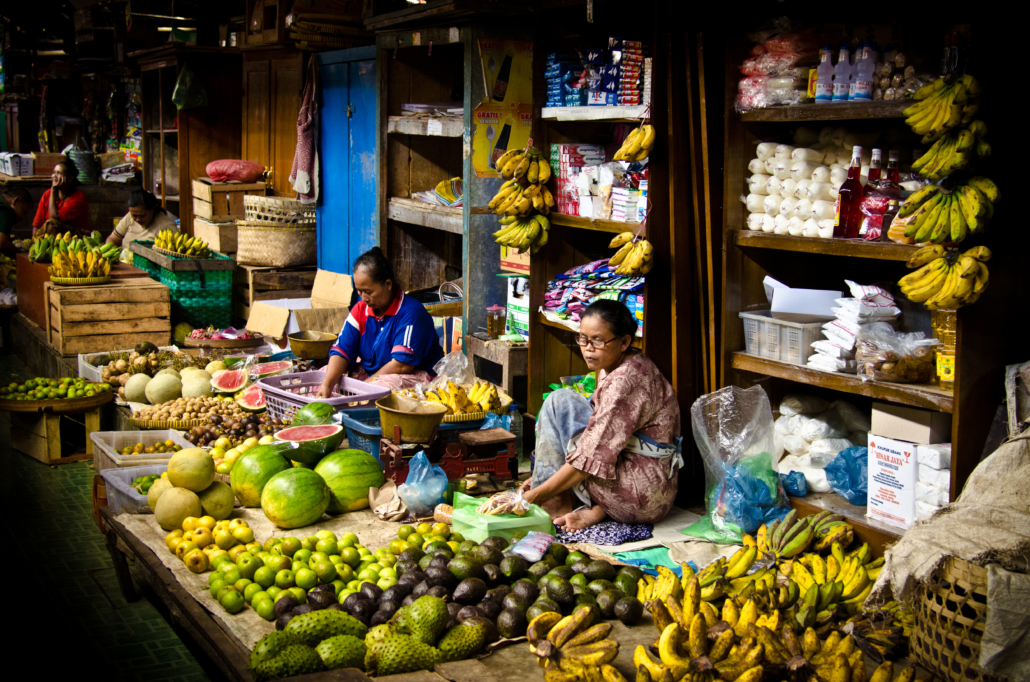
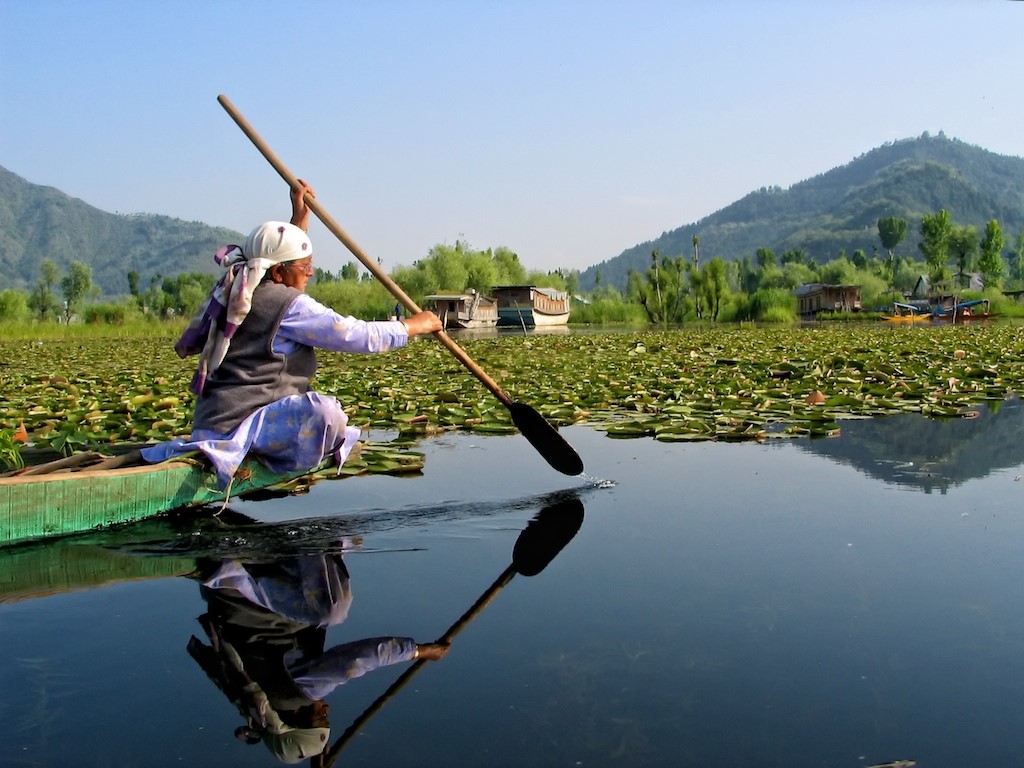
 Domestic migrant workers in the Middle East are trapped in a modern form of slavery under the Kafala system. Indeed, Lebanon is home to a quarter of a million domestic workers. Domestic workers are bearing the brunt of the economic crisis as a result of the stay at home orders due to the pandemic, but many organizations are helping migrant workers evacuate in addition to providing food, housing and legal assistance amid COVID-19 in Lebanon.
Domestic migrant workers in the Middle East are trapped in a modern form of slavery under the Kafala system. Indeed, Lebanon is home to a quarter of a million domestic workers. Domestic workers are bearing the brunt of the economic crisis as a result of the stay at home orders due to the pandemic, but many organizations are helping migrant workers evacuate in addition to providing food, housing and legal assistance amid COVID-19 in Lebanon.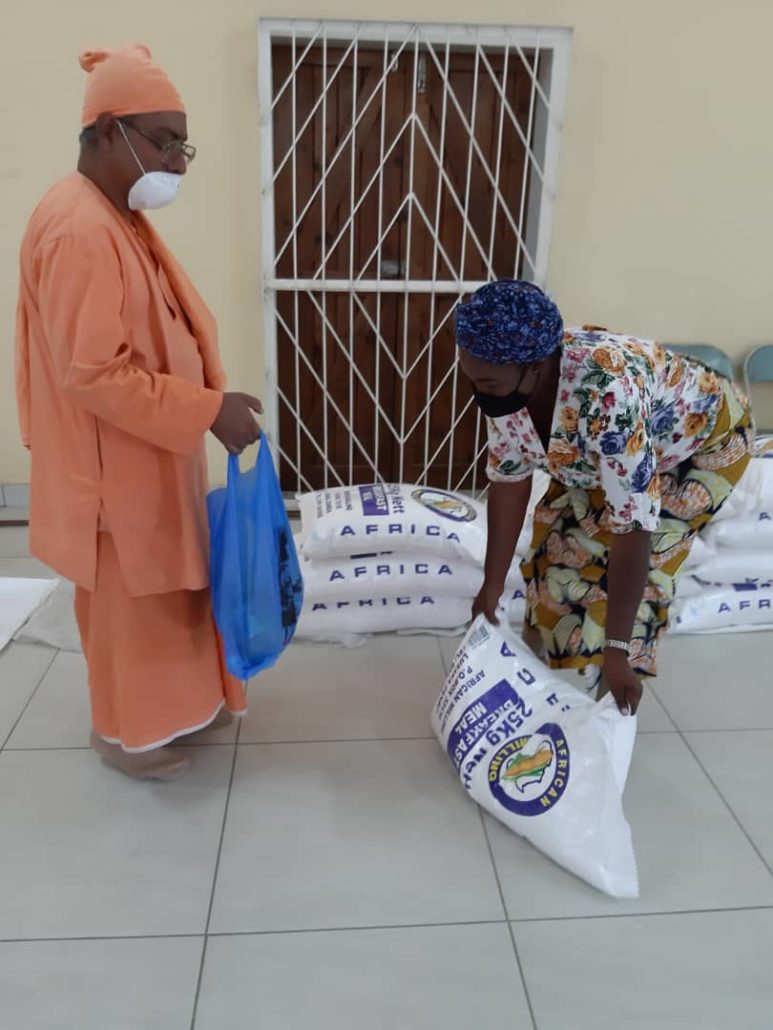
 Sulfur mustard gas is a potent chemical agent that people infamously used in World War I because of
Sulfur mustard gas is a potent chemical agent that people infamously used in World War I because of 